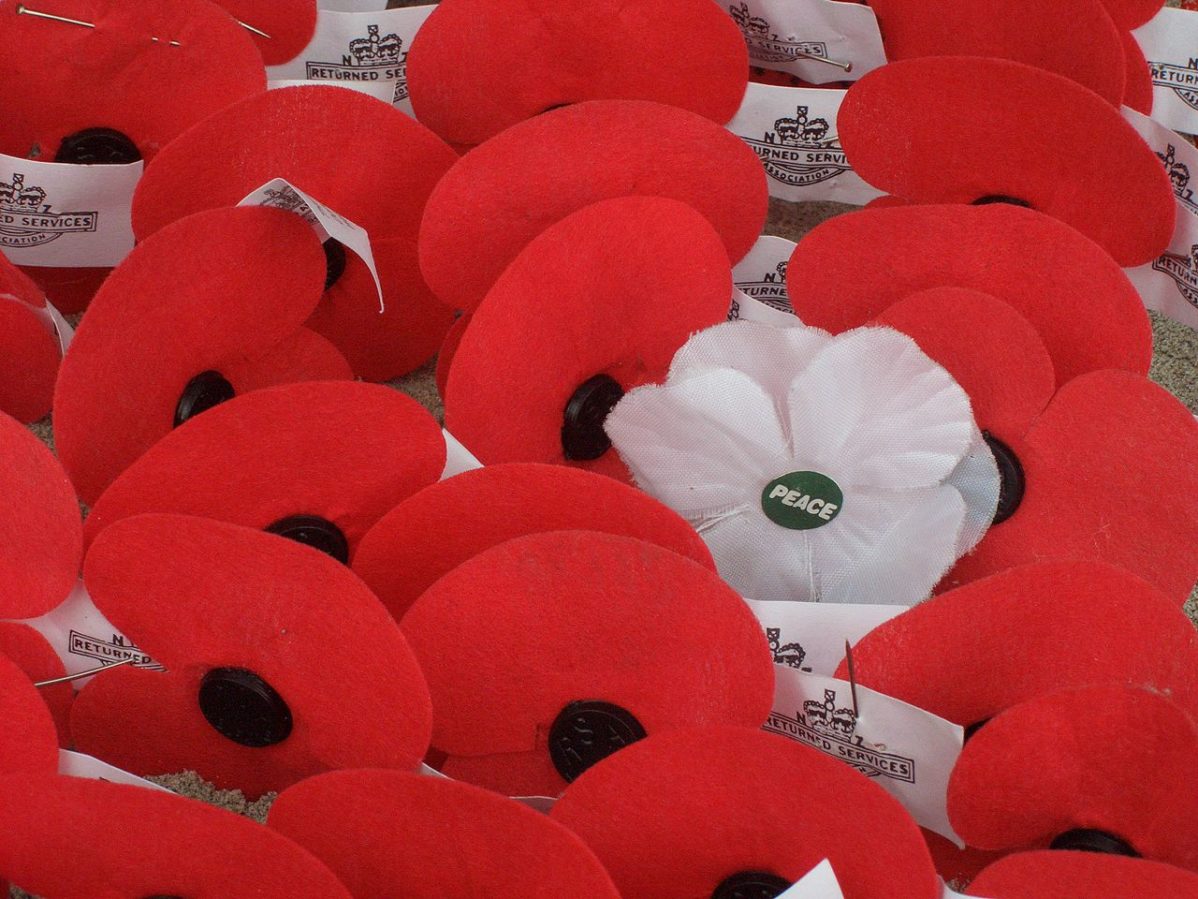The First World War was so grotesquely unnecessary and obviously unjust that solders’ uprisings occurred on multiple fronts
This Remembrance Day, you may see a token of remembrance you’re not accustomed to: a white poppy pinned to a jacket lapel or shirt pocket, standing out in a sea of red. Touted as a symbol of peace and a call for an end of all war, this deliberately chosen symbol is often divisive.
Despite this, the unwavering pacifist message the white poppy carries, unburdened by nationalist sentiments or qualifications about which particular casualties of war are being honoured, carries the same sincere and unblemished regard for veterans and the victims of war that it did when it was first worn in 1933.
In Nov. 2013, then-Veteran Affairs Minister Julian Fantino released a statement calling the white poppy an “offensive attempt to politicize Remembrance Day.” Innumerable opinion pieces and online petitions decry the white poppy as misguided at best or actively malicious at worst.
If one views wearing a white poppy as an act of flippant defiance or juvenile rebellion, this viewpoint makes sense—and to be sure, it’s conceivable that this may motivate some. But an understanding of the history of Remembrance Day provides the context to understand why some choose to remember the casualties of war in a way they feel is more appropriate.
Observation of Remembrance in the Commonwealth did not begin as a response to just any conflict. The Boer War or the Franco-Prussian Wars of the late 19th century did not engender such a response. They didn’t earn the moniker The War To End All Wars.
The First World War represented a uniquely futile tragedy of unparalleled scope for those who lived through it, one that saw nationalist hubris and imperial pride throw entire generations of young people into an unimaginable horror, a meat grinder of industrialized slaughter that the world had never seen.
There was no great moral impetus, no heinous wrongs to right; the Kaiser as a dangerous beast who needed to be contained sounds almost quaint to the jaded modern ear. Men died by the tens of thousands for a few metres of mud claimed.
It was a war so grotesquely unnecessary and obviously unjust that solders’ uprisings occurred on multiple fronts; the French contained theirs with hundreds of court-martials and executions, while the Russians could not. Russian troops returning from the front took up the Bolshevik cry of “peace, bread and land” and those emboldened soldiers soon overthrew their masters, replacing them with men willing to seek peace with Germany and its allies.
The message of the First World War, learned through the squandered lives of millions, was that we must never let this happen again. That goal, more than any other, must necessarily form the core of any sincere sentiment of honouring those who defend us. The greatest honour we can pay the fallen is to make their sacrifice the last, to make sure their sons and daughters and loved ones will never have to follow in their footsteps.
It’s scarce comfort to the widow or the orphan that the people who sent their loved ones to die also wear a red flower once a year.


